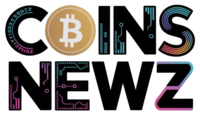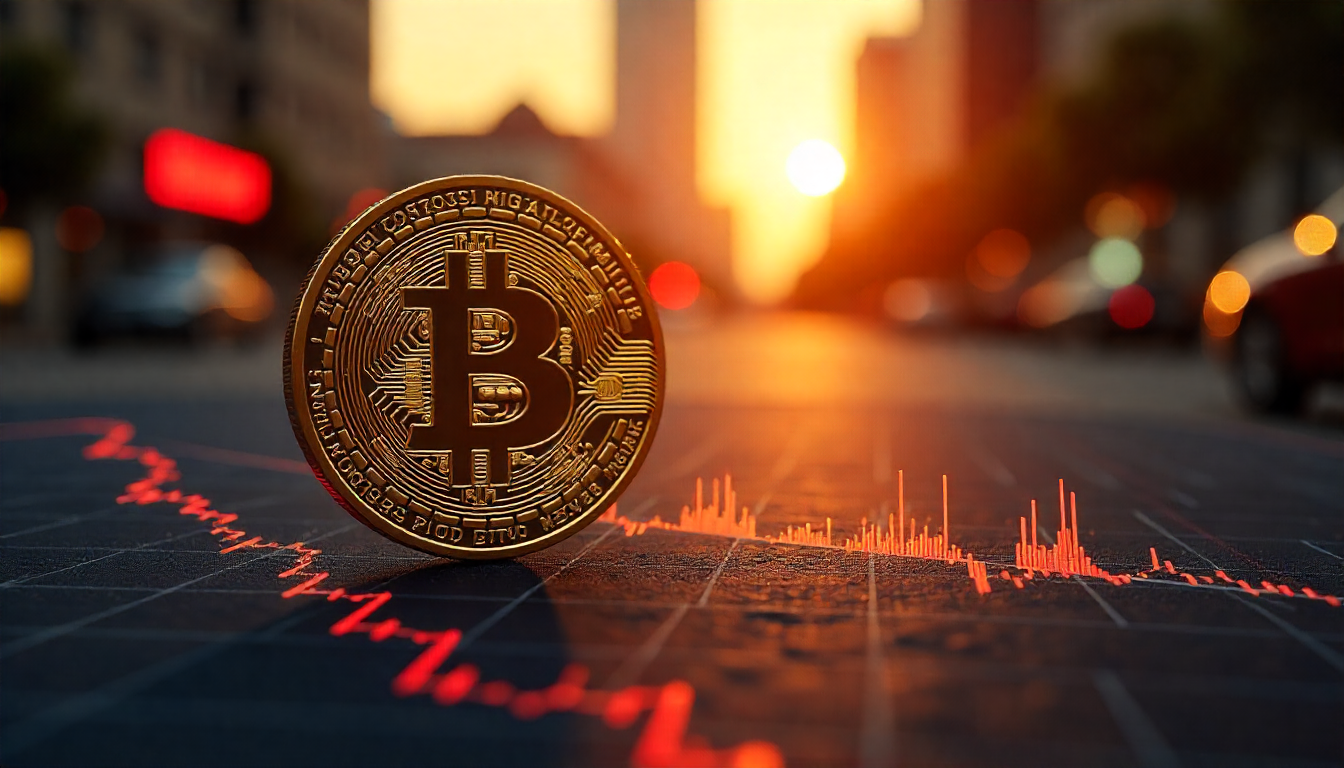Fed Signals Growing Stagflation Concerns, Analyst Sees Potential for Bitcoin to Thrive
The Federal Reserve is increasingly concerned about the risks of stagflation—an uncomfortable combination of slow economic growth and rising inflation—which could put central bankers in a difficult position moving forward.
While Chairman Jerome Powell reassured markets by stating that the economy is still in “good shape” and emphasized that the Fed is “in a good position to wait and see” before making further policy moves, subtle changes in the central bank’s statement suggest mounting concerns about the economic trajectory.
In today’s decision, the U.S. central bank held its benchmark interest rate steady, acknowledging the growing risks of both rising inflation and unemployment. These two factors, when combined, point toward a potential stagflation scenario—a situation that plagued the economy in the 1970s and would make it harder for the Fed to stimulate the economy without triggering more inflation.
“The Fed is clearly worried about stagflation,” said Zach Pandl, head of research at Grayscale, in a post following the announcement. “We believe this is a scenario that could benefit bitcoin.”
Pandl has noted that rising tariffs could contribute to stagflation, which traditionally weakens traditional assets like stocks and bonds. In contrast, scarce stores of value, such as gold, tend to fare better in these conditions. Bitcoin, while not around during past stagflation periods, is increasingly viewed as a modern-day store of value due to its limited supply.
Following the Fed’s announcement, bitcoin traded within a narrow range. It briefly spiked to $97,500 on renewed optimism around U.S.-China trade talks, before settling at $96,500—up 1.6% over the past 24 hours.
In comparison, the broader crypto market, as measured by the CoinDesk 20 Index (CD20), gained just 0.3%. Several altcoins, including XRP, AVAX, UNI, NEAR, and AAVE, saw declines ranging from 1% to 3%.
Meanwhile, U.S. stock markets showed a modest recovery, with the S&P 500 and Nasdaq rising by 0.4% and 0.3%, respectively.
Share this content:




